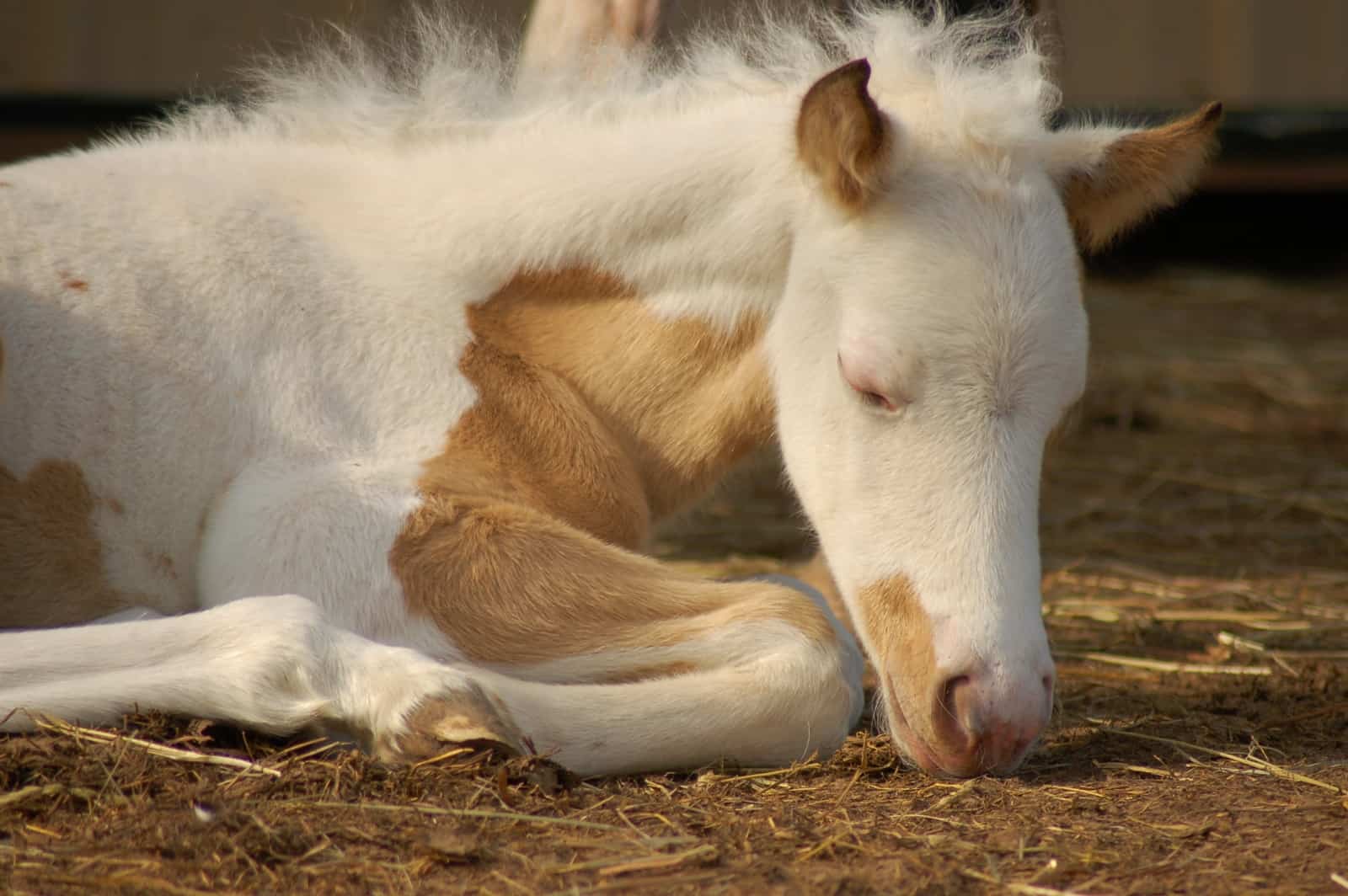The Best Defense: Maximizing Foal Immunity

Steps breeders can take to maximize foal immunity from gestation to weaning
Welcome to the world, baby! It’s full of people, other horses, animals, big buildings, tall trees, fences, rocks, holes … and trillions of microorganisms. You’re born programmed to confront this physical world almost immediately, with long sturdy legs that can carry you alongside your mother within hours. Your immune system, however, is not.
Newborn foals are easy targets for essentially every kind of bacterium, virus, and other pathogenic (disease-causing) microorganism. That’s because, unlike humans, they’re born with a “clean-slate” immune system, meaning their bodies aren’t equipped yet with disease-fighting antibodies (specialized proteins produced by immune system cells in response to the presence of foreign material, capable of binding to the material and alerting immune cells about its presence). It’s up to us—along with the foal and his dam—to make sure he gets off to the right start from the earliest hours and has the best shot at lifelong health.
Born Vulnerable
Unlike women, mares have six layers of tissue separating their circulation from that of the fetus (women have three). This makes it impossible for the mare’s antibodies to get through, says David W. Horohov, PhD, professor and director of the University of Kentucky Maxwell H. Gluck Research Center, in Lexington TheHorse.com is home to thousands of free articles about horse health care. In order to access some of our exclusive free content, you must be signed into TheHorse.com. Already have an account?Create a free account with TheHorse.com to view this content.
Start your free account today!
and continue reading.

Written by:
Christa Lesté-Lasserre, MA
Related Articles
Stay on top of the most recent Horse Health news with















